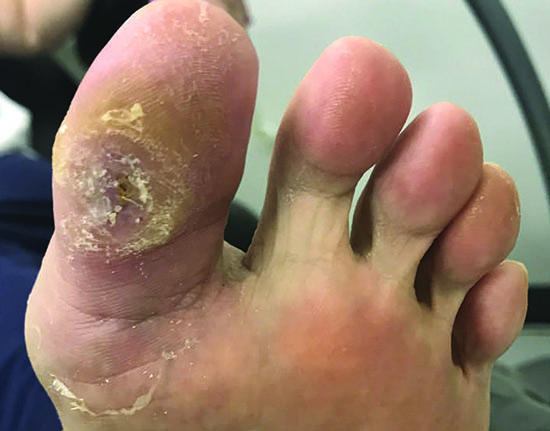FOOT MANAGEMENT
DIABETES FOOTCARE
Foot Complications of Diabetes – Diabetes is a chronic disease, which can damage a whole range of body tissues and organs leading to increased morbidity. People with diabetes are prone to foot problems leading to formation of ulcers and amputations. Foot ulcers and amputations are the most common reasons for hospitalisation, disability, as well as emotional and physical costs among people with diabetes. While most people with diabetes take adequate care to protect eyes, kidneys and heart from the vulnerable effects of abnormal sugar levels, the foot is often neglected. Estimates suggest that more than 15% of people with diabetes develop foot problems.
• Neuropathy (nerve damage)
• Peripheral vascular disease (Poor blood circulation)
• Infections


Some tips for foot care in diabetes:
• Keep blood glucose under control
• Wash feet everyday and make sure that you dry them thoroughly. Inspect between toes.
• Always cut nails straight across and then smooth the edges.
• Check toes for any fungal infection
• Consult a podiatrist for corns, calluses or ingrown toenails. Do not attempt to self-treat these conditions.
• Nerve damage can be unpredictable. Consult your doctor if you feel any change in sensation (pain, tingling, burning, numbness, etc) in toes, feet, or legs.
• If skin is dry, apply cream or petroleum jelly to feet and heels, but avoid the area between your toes
• Protect feet from extremes in temperature.
• Regular exercise improves circulation to all extremities. Try non-impact exercises on feet like swimming, cycling and yoga. Don’t exercise when there are open sores on the feet.
• Avoid walking barefoot, always wear shoes or slippers. Wear socks with your shoes, since leather, plastics, and manmade shoe materials can irritate skin and cause infections.
